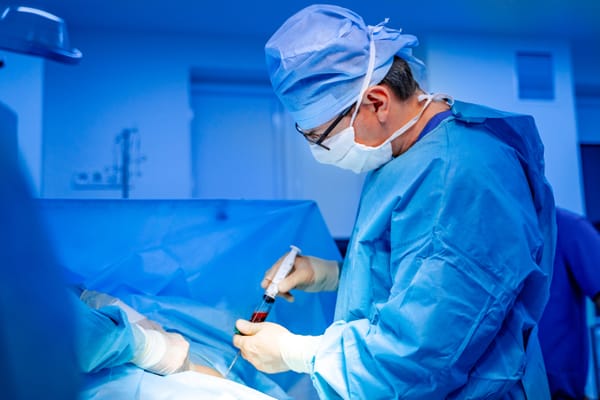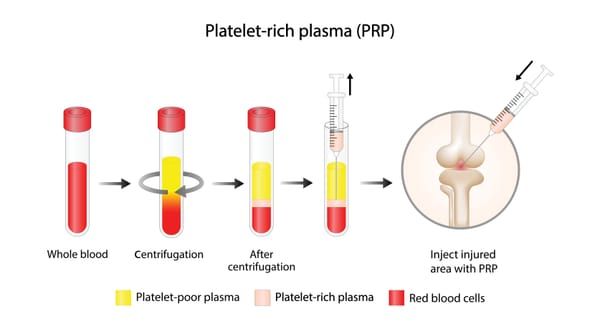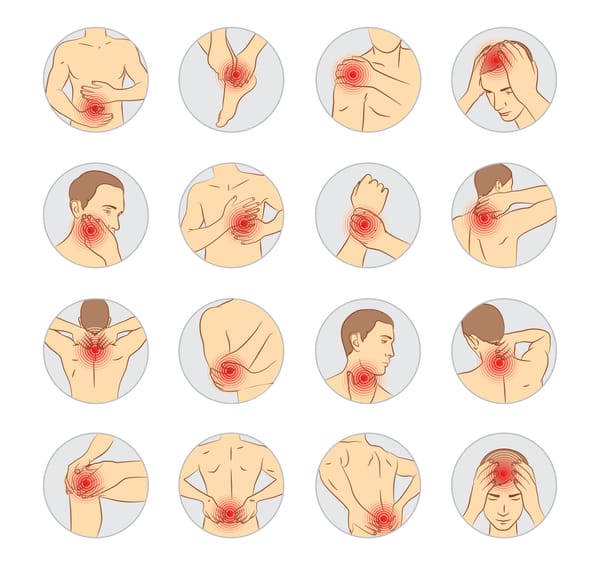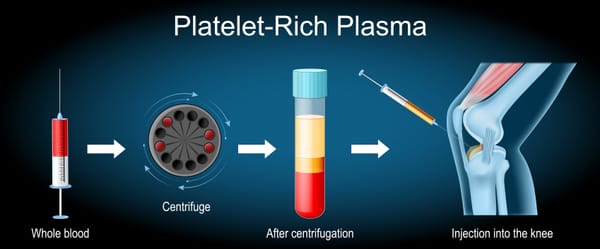Anatomic Pain Generators in the Hip: Uncovering the Roots of Your Discomfort
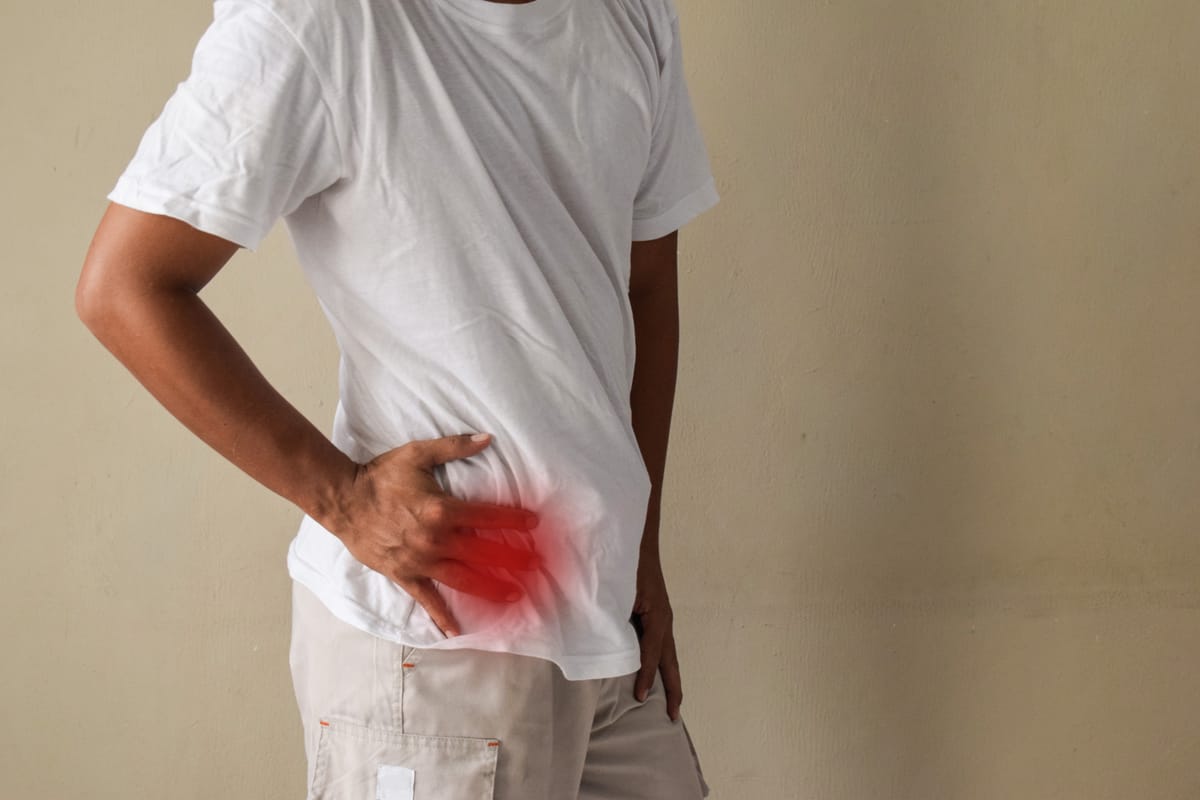
Hip pain can be a persistent and frustrating issue, limiting your ability to walk, sit, or enjoy daily activities. The hip’s intricate anatomy, designed for both stability and mobility, makes it susceptible to a variety of problems. Identifying the specific structures—or “pain generators”—causing your discomfort is essential for accurate diagnosis and effective treatment. In this blog post, we’ll explore the main anatomic pain generators in the hip, what triggers their pain, and how they contribute to symptoms, all explained clearly for a general audience.
The Hip’s Complex Structure
The hip is a ball-and-socket joint where the femoral head (top of the thigh bone) fits into the acetabulum (a socket in the pelvis). This joint is supported by a network of tissues that allow it to bear weight and enable movement:
- Bones: Femur and pelvis (acetabulum).
- Cartilage: Articular cartilage (lining the joint) and the labrum (a cartilage ring around the acetabulum).
- Ligaments: Strong bands, like the iliofemoral ligament, that stabilize the joint.
- Tendons and Muscles: Connect muscles (e.g., gluteals, iliopsoas, hip flexors) to bones for movement.
- Bursae: Fluid-filled sacs that reduce friction, like the trochanteric and iliopsoas bursae.
- Nerves: Femoral, sciatic, and obturator nerves supplying sensation and function.
- Synovium: The joint lining that produces lubricating fluid.
When any of these structures become injured, inflamed, or degenerated, they can act as pain generators, causing symptoms from mild aches to severe, debilitating pain. Let’s dive into the key culprits.
Common Anatomic Pain Generators in the Hip
1. Articular Cartilage and Joint Surface
- What It Is: Smooth cartilage covering the femoral head and acetabulum, allowing frictionless movement.
- Why It Hurts: Pain stems from:
- Osteoarthritis: Cartilage breakdown causes bone-on-bone contact, leading to inflammation and pain.
- Rheumatoid Arthritis: Autoimmune inflammation of the joint lining and cartilage.
- Chondral Defects: Localized cartilage damage from trauma or repetitive stress.
- Symptoms: Deep, aching pain in the groin or buttock, stiffness, grinding sensations, and pain worsened by weight-bearing activities like walking.
- Prevalence: Hip osteoarthritis affects 10-15% of adults over 60, per a 2020 study in Arthritis & Rheumatology.
2. Labrum
- What It Is: A ring of cartilage around the acetabulum that deepens the socket and stabilizes the joint.
- Why It Hurts: Labral tears occur from:
- Trauma (e.g., hip dislocation or sports injuries).
- Repetitive motions (e.g., in dancers or golfers).
- Femoroacetabular Impingement (FAI): Abnormal bone shapes (cam or pincer) pinch the labrum.
- Symptoms: Sharp or catching pain in the groin or outer hip, clicking or locking sensations, and pain with twisting or deep flexion (e.g., sitting cross-legged).
- Prevalence: Labral tears are found in 20-30% of hip pain cases, especially in athletes, per a 2019 study in The American Journal of Sports Medicine.
3. Bursae (Trochanteric and Iliopsoas)
- What They Are: Fluid-filled sacs that cushion tissues, with the trochanteric bursa on the outer hip (near the greater trochanter) and the iliopsoas bursa near the front (under the hip flexor).
- Why They Hurt: Bursitis results from:
- Repetitive activities (e.g., running or climbing).
- Trauma (e.g., falling on the hip).
- Tight muscles or tendons irritating the bursa.
- Symptoms: For trochanteric bursitis, pain on the outer hip, worse with lying on the side or walking. For iliopsoas bursitis, groin pain or a snapping sensation with hip flexion.
- Prevalence: Trochanteric bursitis affects 10-20% of hip pain patients, often women aged 40-60, per a 2018 study in Journal of Orthopaedic & Sports Physical Therapy.
4. Tendons and Muscles
- What They Are: Tendons (e.g., gluteus medius, iliopsoas, hamstrings) and muscles (e.g., hip flexors, abductors) that enable hip movement and stability.
- Why They Hurt: Pain arises from:
- Tendinitis or Tendinopathy: Inflammation or degeneration from overuse (e.g., gluteal tendinopathy in runners).
- Strains or Tears: Acute injuries from sports, falls, or overstretching.
- Snapping Hip Syndrome: Tendons catching on bony structures, causing pain or snapping.
- Symptoms: Localized pain (e.g., outer hip for gluteal tendons, groin for iliopsoas), worse with specific movements like running or lifting the leg, and sometimes weakness.
- Prevalence: Gluteal tendinopathy is common, affecting 15-25% of middle-aged women, per a 2021 study in British Journal of Sports Medicine.
5. Ligaments
- What They Are: Strong bands, like the iliofemoral or pubofemoral ligaments, that stabilize the hip joint.
- Why They Hurt: Pain results from:
- Sprains: Stretching or tearing from trauma (e.g., falls or sports injuries).
- Laxity: Chronic instability from repetitive stress or congenital factors (e.g., hip dysplasia).
- Symptoms: Deep groin or pelvic pain, instability, or a feeling of the hip “giving way.”
- Prevalence: Ligament injuries are less common but significant in 5-10% of hip pain cases, often linked to trauma, per a 2019 study in Current Reviews in Musculoskeletal Medicine.
6. Synovium
- What It Is: The membrane lining the hip joint that produces synovial fluid for lubrication.
- Why It Hurts: Synovitis (inflammation) occurs from arthritis, infection, or injury, causing fluid buildup and pressure.
- Symptoms: Swollen, warm, or stiff hip, with pain during movement or rest.
- Prevalence: Synovitis is common in rheumatoid arthritis (1-2% of adults) and post-injury, per a 2020 review in Rheumatology.
7. Nerves
- What They Are: Nerves like the femoral, obturator, or sciatic that supply sensation and motor function to the hip and leg.
- Why They Hurt: Nerve irritation or compression from:
- Trauma or inflammation.
- Entrapment (e.g., lateral femoral cutaneous nerve in meralgia paresthetica).
- Referred pain from the lower back (e.g., sciatica).
- Symptoms: Burning, tingling, or radiating pain, often with numbness or weakness, sometimes extending to the thigh or groin.
- Prevalence: Nerve-related hip pain accounts for 5-10% of cases, often linked to lumbar spine issues, per a 2018 study in Pain Physician.
8. Bones
- What They Are: The femoral head, acetabulum, and surrounding pelvic bones.
- Why They Hurt: Pain stems from:
- Fractures: Stress fractures (e.g., in athletes) or traumatic fractures (e.g., in older adults with osteoporosis).
- Avascular Necrosis: Bone death from disrupted blood supply, often linked to steroids or alcohol use.
- Bone Spurs or FAI: Abnormal bone growth causing impingement.
- Symptoms: Deep, throbbing pain, worse with weight-bearing, and sometimes limited motion.
- Prevalence: Avascular necrosis affects 10,000-20,000 U.S. adults annually, per a 2017 study in Journal of Bone and Joint Surgery.
9. Referred Pain (Non-Hip Sources)
- What It Is: Pain felt in the hip but originating elsewhere, like the lower back, sacroiliac joint, or abdomen.
- Why It Hurts: Conditions like lumbar disc herniation, sacroiliac joint dysfunction, or even organ issues (e.g., appendicitis) can mimic hip pain.
- Symptoms: Vague, aching pain in the hip, often with symptoms in the back, pelvis, or abdomen, and no clear hip injury.
- Prevalence: Referred pain contributes to 10-15% of hip pain cases, per a 2020 study in American Journal of Medicine.
Diagnosing Hip Pain Generators
Pinpointing the exact pain generator requires a thorough evaluation:
- Medical History: Details about pain onset, activities (e.g., sports or falls), and prior injuries.
- Physical Exam: Tests like range-of-motion checks, palpation, or specific maneuvers (e.g., FABER test for labral issues).
- Imaging: X-rays for bones, MRIs or MR arthrography for soft tissues, or ultrasound for dynamic assessment of tendons or bursae.
- Diagnostic Injections: Injecting anesthetic into a suspected structure (e.g., hip joint or trochanteric bursa) can confirm it as the pain source if relief occurs.
A 2022 study in Journal of Hip Preservation Surgery found that combining clinical exams with MRI and diagnostic injections improves diagnostic accuracy for labral tears and FAI by 85-90%.Managing Hip Pain GeneratorsTreatment depends on the specific pain generator but often starts with conservative measures:
- Rest and Activity Modification: Avoiding painful activities while maintaining gentle movement.
- Physical Therapy: Strengthening hip muscles, improving flexibility, or correcting movement patterns.
- Medications: NSAIDs (e.g., ibuprofen) or analgesics for pain and inflammation.
- Injections: Ultrasound-guided corticosteroid, hyaluronic acid, or platelet-rich plasma (PRP) injections to reduce inflammation or promote healing.
- Surgery: For severe cases, like advanced osteoarthritis or large labral tears, procedures like hip arthroscopy or total hip replacement may be needed.
For example, trochanteric bursitis may respond to a corticosteroid injection and physical therapy, while a labral tear with FAI might require arthroscopic repair. A multidisciplinary team, including orthopedists, physical therapists, and pain specialists, often yields the best outcomes.
Living with Hip Pain
Hip pain can feel isolating, disrupting work, hobbies, or sleep. Understanding the pain generator empowers you to seek targeted treatment and advocate for yourself. Keep a symptom diary, ask about imaging or specialist referrals, and explore support groups, like those through the Arthritis Foundation or online platforms like Reddit, to connect with others.
Why Awareness Matters
Hip pain is common—affecting 15-20% of adults at some point, per a 2019 study in Osteoarthritis and Cartilage—but its causes are diverse. Recognizing the anatomic pain generators helps demystify the condition, leading to faster diagnoses and better outcomes. If you’re experiencing persistent hip pain, don’t ignore it. Consult a healthcare provider to identify the source and start the right treatment plan.By understanding the hip’s anatomy and its pain generators, we can take steps toward relief and support those affected. Let’s keep the conversation going—no one should bear hip pain alone.
Disclaimer: This blog post is for informational purposes only and not a substitute for professional medical advice. Always consult a healthcare provider for diagnosis and treatment of hip pain.
